#Marchioness of Northampton
Text
1 JANUARY 1591: LETTER to Helena, Marchioness of Northampton
Source
Bell’s Edition: The Poets of Great Britain Complete from Chaucer to Churchill, 1788.

View On WordPress
#Daphnaida#dedication to marchioness of Northampton#Edmund Spenser#Helen#Helena#Lady Gorges#letter to marchioness of Northampton#Marchioness of Northampton
5 notes
·
View notes
Text
Guildford Dudley, Husband of Lady Jane Grey
Guildford Dudley, Husband of Lady Jane Grey
19th C. image of Guildford Dudley from the (c) Palace of Westminster; Supplied by The Public Catalogue Foundation
“Your loving and obedient son wishes unto your grace long life in this world with as much joy and comfort, as did I wish to myself, and in the world to come joy everlasting. Your most humble son to his death, G. Duddley” – note in a prayerbook from Guildford to his father-in-law,…
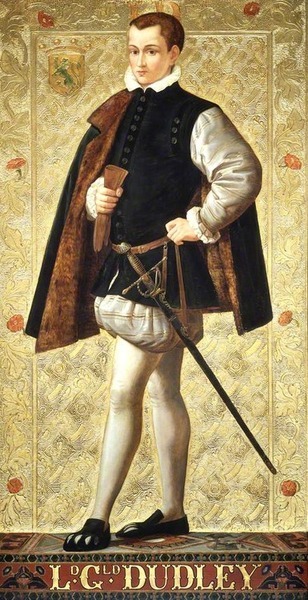
View On WordPress
#Archbishop of Canterbury#Duchess of Northumberland#Duke of Northumberland#Duke of Suffolk#Edward VI#Elizabeth I#Guildford Dudley#Henry Grey#Henry VIII#Jane Guildford#John Dudley#Katherine Grey#King of England#King of Spain#Lady Jane Grey#Lady Margaret Clifford#Marchioness of Northampton#Mary Grey#Mary I#Philip II#Queen of England#Simon Renard#Thomas Cranmer#Tower of London#Tudor history#Wyatt’s Rebellion
10 notes
·
View notes
Text

British, A Young Lady Aged 21, Possibly Helena Snakenborg, Later Marchioness of Northampton, 1569 x
7 notes
·
View notes
Text

Unknown artist, Britain
A Young Lady Aged 21, Possibly Helena Snakenborg,
Later Marchioness of Northampton 1569
Tate
54 notes
·
View notes
Text
British School, Lady Helena Snakeborg, Marchioness of Northampton, 1569

2 notes
·
View notes
Text
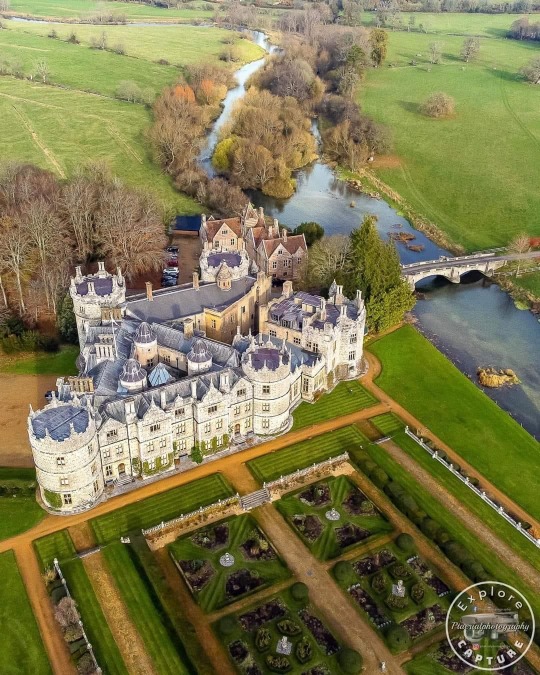
🇬🇧 Longford Castle, Salisbury Great Britain Longford Castle stands on the banks of the River Avon south of Salisbury, Wiltshire, England. It is the seat of the Earl of Radnor, and an example of the Elizabethan prodigy house.
In 1573 Thomas Gorges acquired the manor (at the time written "Langford"), which was originally owned by the Servington (or Cervington) family. Prior to this the existing mansion house had been damaged by fire. In c.1576 Thomas Gorges married Helena Snakenborg, the Swedish born dowager Marchioness of Northampton and Lady-in-waiting to Queen Elizabeth. They rebuilt the Longford property as a triangular Swedish pattern castle on the banks of the River Avon. The building work became very expensive due to problems with the subsoil. Sir Thomas Gorges, who was now governor of Hurst Castle, persuaded his wife to beg of the Queen a shipwreck he knew from the defeated Spanish Armada. The gift was granted and the gold and silver retrieved from the shipwreck funded the completion of the castle under the final supervision of John Thorpe in 1591. The family lived in the castle for several years before its final completion.
In September 1603 the royal family came on progress nearby and Roger Wilbraham described Longford as, "a faire new house of stone, a triangle with three great towers at each end, wherein are his favourite chambers, & he hath the fairest garden and green walks". The main building had several floors and was triangular with a round tower in each corner; the three towers representing the Father, the Son and the Holy Ghost. There was a chapel, kitchen department, several boudoirs and sitting rooms, as well as bedrooms. Fresh cold water was pumped to various floors and there were water closets operating with rainwater. A park, fruit garden and kitchen garden were attached.
In 1717 Longford Castle became the Bouverie home, purchased by Sir Edward des Bouverie from the Coleraines. It is said that Sir Edward saw and fell in love with the castle in the valley as he rode past, having enough money in his saddle bags to effect the purchase there and then. Subsequent generations of the family beautified the interior of the castle and surrounding park; by 1773 the castle was surrounded by a formal park, laid out with avenues and rides. Landscaping advice was sought from Lancelot Brown around 1777.
However, Jacob, 2nd Earl of Radnor (1749–1828), employed James Wyatt to change Longford from a reasonably modest chateau into a hexagonal palace "to the despair of future generations". He destroyed one of the Elizabethan towers and replaced it with a larger one of his own design, added two more towers and linked each to each other. In 1832 the 3rd Earl created a new formal garden to the south of the castle, in 17th-century style.
The palace concept was not finished: it was Jacob, 4th Earl of Radnor (1815–1889), who oversaw the last significant changes to the castle architecture, undertaken by Anthony Salvin. These included the formation of a second courtyard, the doming over of the central courtyard, the addition of a square tower, and alterations to the formal garden. 👉 PTaerialphotography — em Longford Castle
0 notes
Text

A Young Lady Aged 21, Possibly Helena Snakenborg, Later Marchioness of Northampton
Unknown artist, Britain, 1569
Elin Ulfsdotter Snakenborg, Marchioness of Northampton, also known as Helena, and Helena the Red for her red hair, (1548/1549 – 10 April 1635) was a Swedish-born noblewoman, Maid of Honour of Queen Elizabeth I of England, and Marchioness of Northampton by her marriage to William Parr, 1st Marquess of Northampton.
https://en.wikipedia.org/wiki/Helena_Snakenborg,_Marchioness_of_Northampton
0 notes
Photo

Elin Ulfsdotter Snakenborg, Marchioness of Northampton
https://en.wikipedia.org/wiki/Helena_Snakenborg,_Marchioness_of_Northampton
#Helena Snakenborg#Marchioness of Northampton#helena#1560#1500s#art#painting#elin ulfsdotter snakenborg#george gower#elin#swedish
15 notes
·
View notes
Text
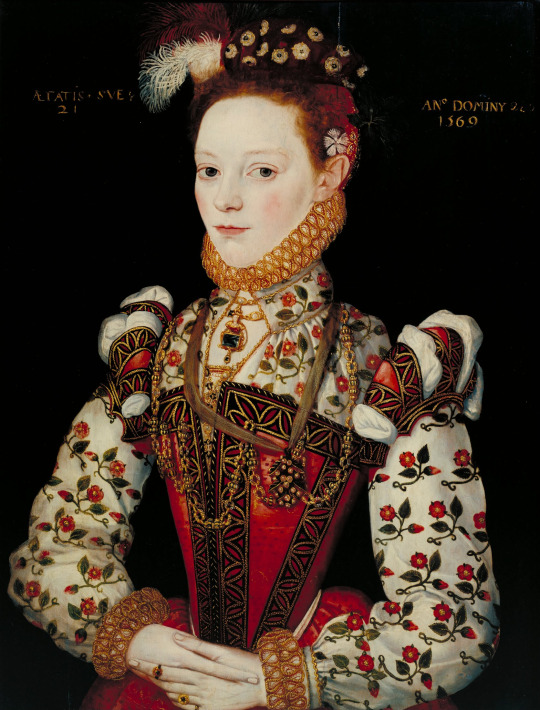
A Young Lady Aged 21, Possibly Helena Snakenborg, Marchioness of Northampton. British School 16th century.
1 note
·
View note
Photo
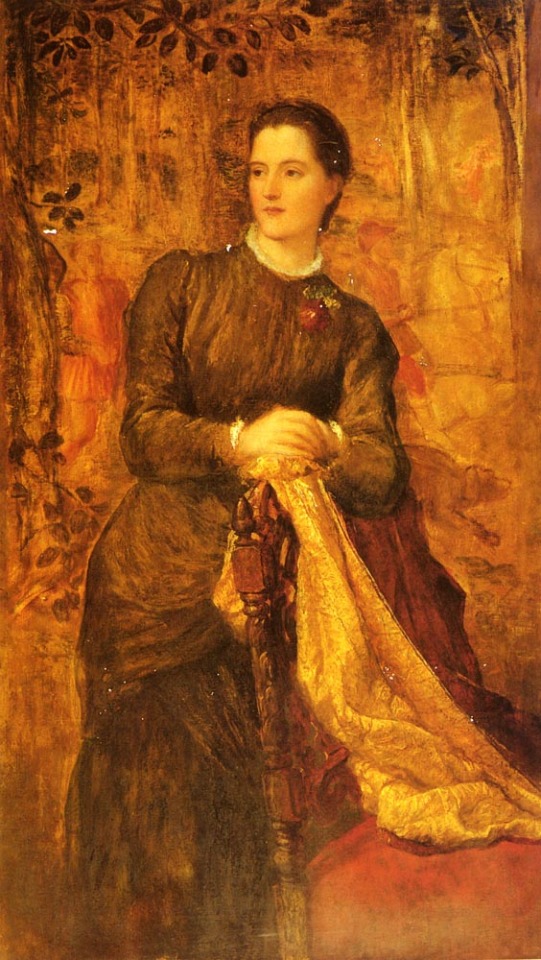
Honourable Mary Baring, Later Marchioness Of Northampton, George Frederick Watts
Medium: oil,canvas
34 notes
·
View notes
Text
Family of Queen Katherine: Helena, Marchioness of Northampton
Helena, Marchioness of Northampton c.1603 by Robert Peake, the elder. She’s wearing coronation robes for the coronation of James I.Inscription, top left reads:“Helena, Relict of WillmParr Marquis of Northampton, and wife to Sir Thos Gorge of Longford near Salisbury, Daughter of Wafancus Knacenburg of Sweden. She was Chife Mourner at the Funeral of Queen Elizabeth April 28, 1603.”…
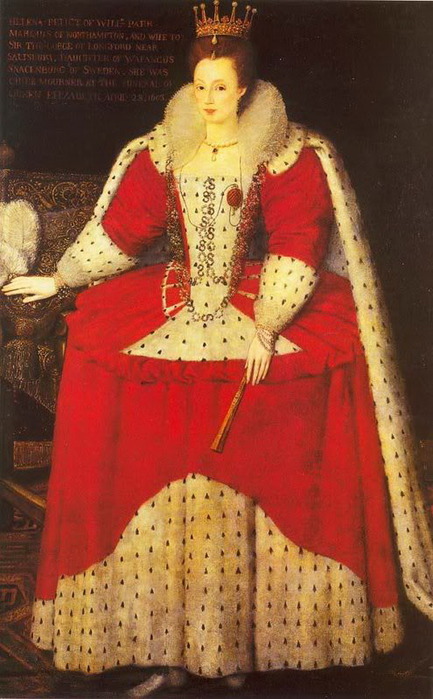
View On WordPress
#chief mourner of queen Elizabeth#Elin Ulfsdotter#elizabeth i#Helena#Helena Gorges#Helena Parr#Lady Marchioness of Northampton#lady-in-waiting#Marchioness of Northampton#Marquess of Northampton#william parr
0 notes
Quote
Elizabeth’s network was male-dominated but not exclusively male. Parallel to the inner ring of counsellors was a group of female intimates often holding feed or unfeed privy chamber posts. They included Frances Newton, Lady Cobham; Elizabeth Fitzgerald, countess of Lincoln; Elizabeth Brooke, marchioness of Northampton; Anne, countess of Warwick; Mary Shelton, Lady Scudamore; Lady Mary Sidney; Elizabeth, Lady Carew; Bridget Skipworth-Cave; Blanche Parry; Lady Dorothy Stafford; and her daughter, Elizabeth, Lady Drury. Even more than secondary male figures, evidence of their political activity is fragmentary, but evidence points to them acting in two crucial ways: as barometers of the queen’s moods or channels of communication, even for her most trusted advisers, and as negotiators in marriage diplomacy, especially in the 1560s.
Natalie Mears, Queenship and Political Discourse in the Elizabethan Realms
#Natalie Mears#non-fiction#Elizabeth I#Elizabeth I of England#Elizabeth Tudor#Elizabeth's ladies#Elizabeth's court
40 notes
·
View notes
Photo
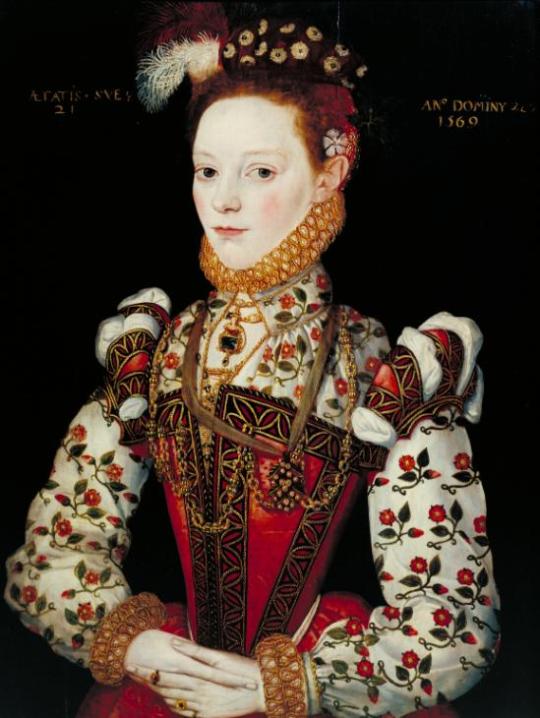
Young Lady Aged 21, Possibly Helena Snakenborg, Later Marchioness of Northampton - 1569
7 notes
·
View notes
Text
Fancy Folk
Earlier this week I received my Pfizer booster shot. My previous vaccine was Johnson & Johnson and I hadn’t had any side effects, but I wasn’t sure if my body would react the same to this one. Most people I know have had a few hours of various symptoms the following day and that’s pretty much all I had - a bit of a headache and a feeling of being bone tired. It didn’t last long and the added protection is well worth it.
While I was feeling like a sloth and hanging out on the couch, I decided to do a little exploring on the ol’ family tree. My maternal side is pretty much traced back to the 1500′s and my roots run deep in Germany and Denmark. My paternal side was more of a mystery. I’d recently been able to find what I believe to be the first McGlaughn to arrive in America from Scotland and even the area in Scotland that my ancestors called home. Because of the various spellings of McGlaughn, McGlauhn, McGlaun, McGlon, Maglon, etc it was a chore but an interesting one. This time I started with my dad’s mother, Jessie Belle Lett and began tracing that line. My hat is off to the folks who kept such meticulous records and made my job so easy.
First, I should share the breakdown of my DNA that Ancestry.com provided thanks to a swab of my saliva. There were a couple of surprises.
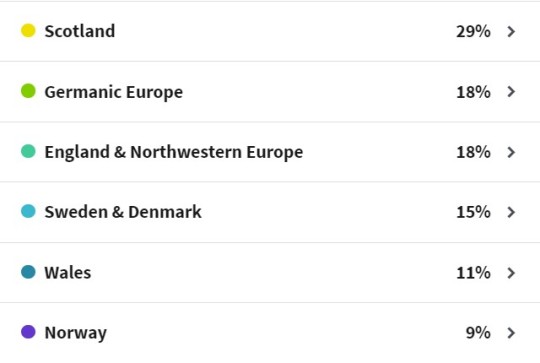
Scotland made sense, as did Germanic Europe. England fit the bill as well as both sides showed a number of English brides. Sweden, Wales, and Norway were a bit more of a puzzle. Not anymore! After successfully jumping back through generation after generation....behold my 11th great-grandmother.

Elin Ulfsdotter Snakenborg, Marchioness of Northampton, also known as Helena, and Helena the Red for her red hair. Born 1548 - died 10 April 1635 at the age of 86. She was a Swedish-born noblewoman, Maid of Honour of Queen Elizabeth I of England, and Marchioness of Northampton by her marriage to William Parr, 1st Marquess of Northampton.
What a tale she had! Born to a Swedish lord and a royal daughter of Norway, she was sent from Sweden in a retinue of young noblewomen to try to convince Elizabeth I to marry a Swedish prince. She married William Parr, a member of the greeting party when she came ashore in Dover. Helen was sixteen or seventeen and he was 35 years older. Yuck. Parr was also the brother of Catherine Parr, the last wife of Henry VIII. He died five months after they were married and they had no children. Helen was so well-liked by Elizabeth that she became her BFF, or her Maid of Honour. She had her own set of rooms at Hampton Court Palace (I’ve been there!!) and partied with the queen. Eventually she met Sir Thomas Gorges (last name later changed to George), cousin of Ann Boleyn and with a family history in Wales. They fell in love and, at first, Elizabeth I was happy about the pairing - but when Thomas decided to marry Helen, the queen put her foot down. Because Helen was nobility and Thomas a mere gentleman she refused to allow the marriage. The two eloped, and when Elizabeth found out she banished Helen from court and threw Thomas in the Tower of London. In time, the queen accepted the union and both were restored to their positions. Helen and Thomas went on to have eight children and lived at Longford Castle and the queen was godmother to her daughter Brigetta, who gave birth to a daughter named Elizabeth, who had a son named Alexander, who had a daughter named Susanna, who had a son named John, who had a daughter named Harriet, who had a daughter name Elizabeth, who had a son named James, who had a daughter named Annie, who had a son named William, who fathered my grandmother Jessie. And here we are. I’ve found a surprising number of illustrious, historical figures on this branch of my family tree and I couldn’t be more shocked. I never heard a word of any of this, not that my paternal grandmother had much to say, especially to kids. She was a farm wife in nowhere Alabama and spent her later years insisting that she was related to the guy who invented Dr. Pepper. Note: I did not find Charles Alderton of Dr. Pepper fame anywhere in our lineage.
To sum it all up, this explains the Swedish and Norwegian in my DNA as well as my yearning to wear a tiara. I’m not the type who thinks that ancestors whether they’re kings or outlaws have much to do with who we are today, but I do love unraveling the history and discovering whose blood runs through my veins. I found a French branch, the above mentioned John married Mary Susannah Jouett (mother of Harriett) whose line leads all over France. I’m basically a gumbo of Europe - Scotland, England, Wales, Germany, Denmark, Sweden, Norway, and France, all present and accounted for just like my swipe of spit said.

I wonder which one of my ancestors carried the knucklehead gene because that one is strong. I passed it on to my children and my grandchild is displaying signs of being a carrier as well. I’d also like to know who to blame for my hair. There are curls on both the maternal and paternal side, so I was probably doomed centuries back.
The mister just came home from his daily walk and is expecting dinner. I think it’s time for me to sit him down and explain that I’m from the noble class and I’m not supposed to toil over meals and laundry. I’m supposed to have staff. Bet that’ll go over real well. Maybe I’ll just start wearing a crown while I cook. Dress for the job you want, right?
Stay safe, stay well.
XOXO,
Lady Nancy
3 notes
·
View notes
Quote
One of Elizabeth Brooke Marchioness of Northampton’s errands when she went to France as part of her husband’s embassy in 1554 was to purchase Mary a looking glass. She returned to Court with ‘a glasse of christall. .. Garnished with Jaspar’, for which she was duly reimbursed.
The women who served Queen Mary and Queen Elizabeth: Ladies, Gentlewomen and Maids of the Privy Chamber 1553 - 1603, by Charlotte Merton, page 167
5 notes
·
View notes
Photo

Portrait of Mary Baring Compton, later Fifth Marchioness of Northampton, Valentine Cameron Prinsep, ca. 1878-1884, Brooklyn Museum: European Art
Size: 13 3/16 x 11 1/4 in. (33.5 x 28.6 cm) Frame: 20 1/2 x 18 3/4 in. (52.1 x 47.6 cm)
Medium: Oil on canvas
https://www.brooklynmuseum.org/opencollection/objects/4685
1 note
·
View note